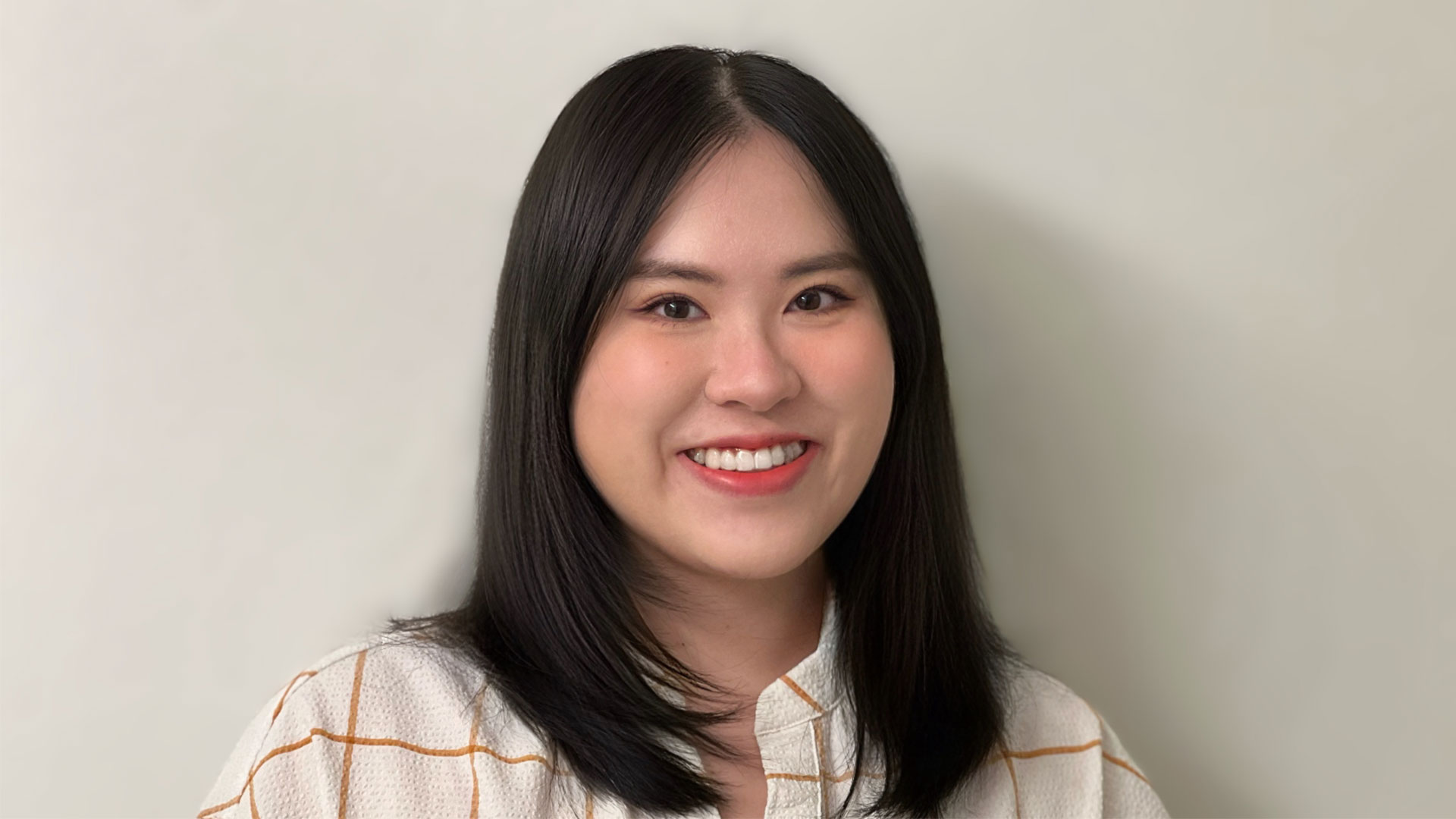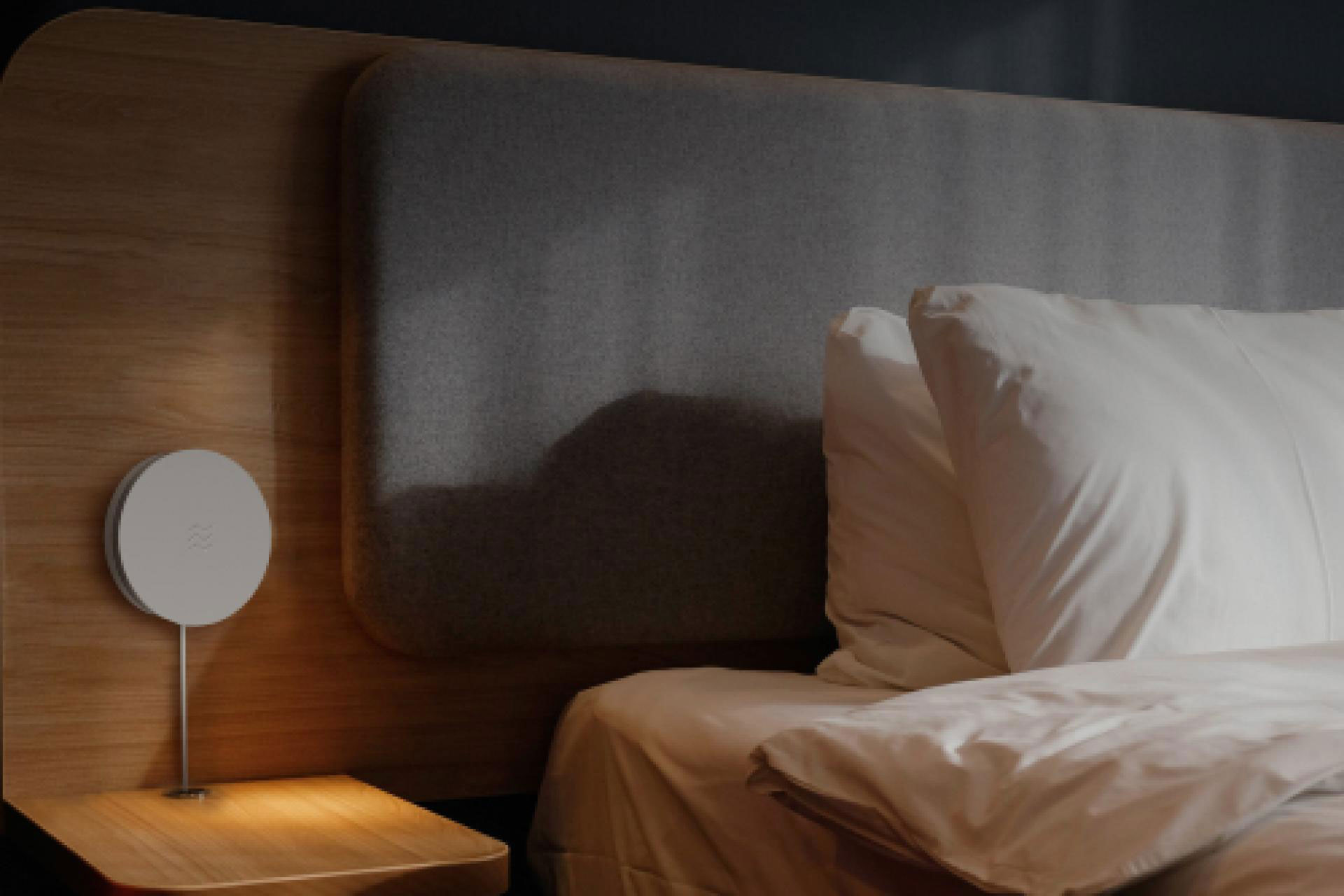Interview with Augustina(Ao) Liu | An Award-Winning UX/Product Designer from the United States

Interview with Yu Gao | The Architectural Designer with 30 Years of Experience from Nanjing Hongya Construction
July 4, 2024
Interview with Allan Wong | Founder of ABS Creative Studio, a Creative Design Company
July 4, 2024Augustina(Ao) Liu
Augustina(Ao) Liu is an award-winning User Experience/Product Designer based in Seattle WA USA. She is currently working as a Senior Product Designer at Toast, one of the best restaurant POS systems in the United States. She's a designer who applies well-crafted design to complicated real-world problems to create a positive social impact and make the world a better place.
My work is a reflection of the transformative power of design. It is a canvas upon which I explore the intricate interplay between technology, empathy, and human experience. I was inspired by my volunteer experiences at the No.1 Social Welfare House in Changsha, Hunan, where I assist seniors with degraded abilities like vision, hearing, and mobility to adapt to modern technologies. This experience intrigued my interest in creating socially responsible designs that are empathetic, inclusive, and accessible to people with different levels of abilities.
During my time in college, I always thought about how can we create designs that empower people, regardless of their levels of abilities. This question has become the guiding star of my artistic odyssey.
I pursued a Bachelor of Science in Human-Centered Design and Engineering at the University of Washington. Through this experience, I learned user-centered design principles, which serve as my design guideline for making design decisions.
Currently, I'm a Senior Product Designer at Toast Retail, providing retail stores like convenience stores, bottle shops, and grocery stores with a POS and management system that helps restaurants improve operations, increase sales, and create a better guest experience.
My day-to-day work revolves around collaborating with the Lead Designer, Product Managers, and engineers to design the next-generation retail management products. We strive to refine the user experience, enhance our products, and incorporate user feedback into our design process. By working closely with cross-functional teams, I ensure that our products not only meet the highest design standards but also address the unique needs and challenges of our customers.
Ultimately, my goal as a designer is to design products that empower retail owners and staff, enabling them to focus more on delivering exceptional dining experiences and less on operational and management challenges. It's incredibly rewarding to see our designs positively impact our customers' businesses and contribute to their success.
(All information here is my own and does not necessarily reflect the views of Toast, Inc.)
To me, design is the art and science of creating meaningful and functional experiences that connect with people on an emotional and practical level. It's about solving problems and enhancing everyday life through thoughtful and intentional creation. Whether it's a product, a website, or an environment, design encompasses aesthetics, usability, and innovation.
It's a process of understanding the needs and desires of users and crafting solutions that not only meet those needs but also delight and inspire. At its core, design is about making the world a better, more beautiful, and more accessible place for everyone.
My favorite kind of design is the design that promotes overall well-being. This type of design goes beyond aesthetics and functionality; it seeks to create environments, products, and experiences that enhance the physical, mental, and emotional health of individuals. Whether it's through ergonomic furniture, calming spaces, intuitive digital interfaces, or accessible tools, well-being-focused design prioritizes the holistic needs of users.
By considering factors such as comfort, accessibility, and sustainability, this approach to design not only improves the quality of life but also fosters a sense of harmony and balance in everyday interactions.
My design style is characterized by simplicity, clarity, and a focus on user experience. I believe in the power of minimalism, where every element serves a purpose and contributes to the overall functionality and aesthetics of the design. Clean lines, muted colors, and thoughtful use of negative space are hallmarks of my approach, creating a sense of calm and order.
Accessibility and inclusivity are central to my design philosophy. I ensure that my designs are usable by people of all abilities, incorporating elements that enhance navigation and interaction for everyone. This includes considering visual, auditory, and tactile elements to create a comprehensive and engaging user experience.
Additionally, I emphasize the importance of sustainability in my designs. I strive to use eco-friendly materials and practices whenever possible, creating solutions that are not only beautiful and functional but also environmentally responsible.
Overall, my design style is about creating meaningful, intuitive, and accessible experiences that enhance the well-being of users and contribute positively to the world around us.
I start by collaborating closely with the Product Manager to ensure all details, timelines, available resources, and constraints are clarified, and product requirements are confirmed.
I leverage available resources to conduct user research to make sure that I understand the problem and users' needs and goals correctly. I conduct interviews or surveys, directly reaching out to customers to gather valuable insights. Understanding user needs and pain points enables me to create solutions that resonate deeply with the target audience.
Next, I engage in design ideation and brainstorming sessions, exploring various ideas and solutions. I evaluate each potential solution, taking into account available resources and the project's time frame. This helps me converge on the most viable and impactful design concept.
With a selected idea, I dig down into the structure, utilizing approaches like user flow, user journey, and information architecture or site map. In the meantime, I share the information architecture or the site map with engineers to help them understand the project and evaluate the scope of the project. Wireframing allows me to visualize the concept, building a solid foundation for the design.
Testing is a crucial part of my process. I invite users to participate to evaluate the usability and desirability of the design solution. Their feedback and insights play a pivotal role in refining and enhancing the design. I also check in with engineers to discuss the feasibility of the solution.
Next, I polish the hi-fi prototype until it's ready to be a handoff. To prepare for the handoff, I focus on creating a comprehensive design system and specifying UI guidelines. This fosters consistency and efficiency for the team, ensuring a cohesive user experience across the project.
China and its rich cultural heritage have had a significant impact on my design process. The deep history, diverse traditions, and intricate artistry of Chinese culture offer a wealth of inspiration and influence in my work.
Chinese design principles, such as balance, harmony, and the use of natural elements, often inform my approach. I draw from traditional Chinese aesthetics, such as the elegance of calligraphy, the simplicity and functionality of Ming Dynasty furniture, and the intricate patterns found in ancient textiles and ceramics. These elements help me create designs that are not only visually appealing but also deeply meaningful and culturally resonant. Moreover, the philosophy of Yin and Yang, emphasizing balance and interconnectedness, often guides my design decisions, ensuring that every element contributes to a harmonious whole. Incorporating cultural motifs and symbolic elements allows me to infuse my designs with a sense of history and identity, making them more unique and evocative.
In summary, China's cultural heritage enriches my design process by providing a deep well of inspiration, guiding principles, and a unique perspective that shapes my work in meaningful ways.
Winning the 2024 MUSE Design Awards is an incredible honor for me, my company, and my team. This recognition is a testament to our dedication, creativity, and hard work. It means a great deal to me, as it validates our commitment to excellence and innovation in design.
Overall, winning the MUSE Design Award motivates me to keep pursuing my mission of creating meaningful, accessible, and innovative designs that make a positive difference in the world. It is a proud moment that we will cherish and build upon as we move forward.
The biggest challenge I encountered was the constraint of time and resources. Creating a comprehensive app within these limitations was indeed challenging. I collaborated closely with the development and product teams. Together, we prioritized essential features, ensuring that deliver a seamless and impactful experience to customers.
The final delivery was a great success - my design was recognized by international awards including MUSE Design Awards (Gold), London Design Awards (Gold), and NY Product Design Awards (Silver)./p>
Winning an award has significantly enhanced my professional credibility and visibility within the design industry, distinguishing me as a leader and innovator in my field. This recognition has opened up numerous opportunities for collaboration and networking, connecting me with industry professionals, potential clients, and thought leaders, leading to exciting projects and partnerships.
It has also served as a powerful motivator for my team, inspiring us to continue pushing the boundaries of creativity and excellence. The award has positively impacted our client relationships, increasing their confidence in our capabilities and fostering stronger partnerships. Overall, it has been a pivotal moment in my career, propelling my practice forward opening doors to new possibilities, and reminding me of the importance of innovation, dedication, and excellence in design.
My top three favorite things about our industry are its constant innovation, the collaborative spirit, and the impact on people's lives.
Firstly, the design industry is always evolving, with new technologies and methodologies emerging regularly. This constant innovation keeps the field exciting and dynamic, providing endless opportunities for creativity and growth.
Secondly, the collaborative nature of the industry is incredibly rewarding. Designers often work with a diverse range of professionals, including engineers, marketers, and artists, fostering a rich exchange of ideas and perspectives that enhance the final product.
Lastly, the impact that good design can have on people's lives is deeply gratifying. Whether it's improving accessibility, creating aesthetically pleasing environments, or solving practical problems, design has the power to enhance everyday experiences and make the world a better place.
China and the US each bring unique strengths and perspectives to the design industry, making them standout contributors globally.
China's design industry is deeply rooted in its rich cultural heritage, which provides a vast source of inspiration and traditional artistry. Chinese designers often blend ancient techniques with modern innovation, creating designs that are both timeless and cutting-edge. Additionally, China's rapid technological advancements and manufacturing capabilities allow for the quick realization and mass production of innovative design concepts, fostering a dynamic and fast-paced design environment.
The US, on the other hand, is known for its emphasis on creativity, diversity, and innovation. The American design industry thrives on its multicultural influences and its openness to new ideas and experimentation. The US is home to some of the world's leading design schools and tech companies, which drive forward-thinking design practices and cutting-edge technologies. Furthermore, the entrepreneurial spirit in the US encourages designers to push boundaries and explore new frontiers, leading to groundbreaking and influential design trends.
Together, the unique cultural heritage and rapid technological growth of China, combined with the creativity, diversity, and innovation-driven environment of the US, make these two countries exceptionally influential and distinctive in the design industry.
Over the next 5-10 years, I see the design industry evolving with greater integration of technology, a focus on sustainability, a commitment to inclusivity and enhanced global collaboration. Advancements in artificial intelligence, virtual reality, and augmented reality will enable more immersive and interactive experiences, while sustainability will drive the use of renewable materials and energy-efficient processes.
Inclusivity and accessibility will become central, ensuring designs cater to all users, including those with disabilities. Additionally, the rise of remote work and global collaboration will blend diverse cultural perspectives, leading to innovative and globally relevant designs. These trends will collectively drive the industry forward, resulting in more innovative, responsible, and impactful design solutions.
Believe in Yourself: Perseverance is essential in the design field. There will be moments when you doubt your abilities, but it's crucial to believe in yourself and your creative instincts. Confidence in your design choices will help you stand firm in your decisions and contribute effectively to your projects.
Embrace Change: Design is an ever-evolving field, and most things won't go exactly as planned. Be adaptable and open to change. Sometimes, the best design solutions emerge from unexpected shifts or challenges. Embrace these moments as opportunities for growth and innovation.
Continuous Learning: New technologies and methodologies emerge regularly. Develop a growth mindset that drives you to evolve and expand your skills. Whether it's mastering new design tools or staying updated on the latest design trends, continuous learning will keep you at the forefront of your field.
My key to success lies in a combination of continuous learning, embracing creativity, and maintaining a user-centered approach. Staying curious and open to new ideas allows me to evolve with the ever-changing design landscape. Creativity fuels my passion, pushing me to explore innovative solutions and think outside the box. However, the most critical element is always keeping the end-user in mind. Understanding their needs, challenges, and desires ensures that my designs are both functional and meaningful.
Parting words of wisdom: Never underestimate the power of collaboration. Great design often comes from diverse perspectives and teamwork. Also, be patient and persistent. Success in design doesn't happen overnight; it requires dedication, resilience, and a willingness to learn from failures. Lastly, always strive for balance.
Winning Entries
Wynd Sentry | MUSE Design Awards
Sentry is the most accurate solution for enabling a disturbance-free environment, addressing both smoking and noise concerns with unparalleled effectiveness. Sentry is a comprehensive solution designed to protect rental properties... (read more here.)
Augustina(Ao) Liu
Augustina(Ao) Liu is an award-winning User Experience/Product Designer based in Seattle WA USA. She is currently working as a Senior Product Designer at Toast, one of the best restaurant POS systems in the United States. She's a designer who applies well-crafted design to complicated real-world problems to create a positive social impact and make the world a better place.
Read more about the interview with Yu Gao | The Architectural Designer with 30 Years of Experience from Nanjing Hongya Construction here.


